With a milk pool of 32bn litres and with nearly half of this exported on the world market, what happens in Germany has consequences for European and world milk markets.
Unlike Ireland, though, German milk production hasn’t increased since quotas went in 2015. In fact, production dropped by around 1% in 2017. The Irish Farmers Journal travelled to Germany last week to see in what direction dairy farmers there are going.
The German dairy industry is extremely diverse. I started my journey in the northeast of the country, near the city of Rostock in the old east German part. The Soviet influence is still very much in evidence in eastern Germany.
After World War II, farmers were forced off the land and new state farms were formed. The average size of the state, or co-operative, farms was a massive 700ha.
Since German reunification in 1990, many of these large farms went broke and were sold. The large blocks of good-quality land at low prices attracted many farmers from west Germany and Holland who were looking for bigger farms.
Eckhard Meiners is one such farmer. In 1991, he moved from his family’s 100-cow farm in Lower Saxony to Butzow, which is an hour away from Rostock. At first, he only bought the buildings and rented the land they were on, along with renting other land for growing grass and crops.
The 6ha field which the buildings were on was owned by six different people, each with their own plot marked on a map. Almost every field in the eastern part had the same ownership structure, as every worker on the large farms was given a piece of land.
Over time, Eckhard has grown the business from the initial 170 cows when he started, to milking 700 cows today. He is now farming 750ha, of which 300ha are owned. Like most other farmers, he is constantly buying out the land that he is renting.
His main crop is maize, with 450ha grown to feed the cows. He also has youngstock and a 650kW biogas plant. Biogas plants are a common sight on German dairy farms, with about 30% of dairy farmers in the region having one.
They take in maize silage and slurry and produce gas which generates electricity, which is then fed back to the national grid. Attractive grants and feed-in tariffs mean biogas plants are a cash cow for many German farmers.
Eckhard’s biogas plant, which is a bit bigger than most, earns the farm between €150,000 and €250,000 per year. There is one person employed to run the biogas plant.
At peak, there are over 30 people working on the farm, but about half of these are part-time. All machinery work is carried out by the farm, but silage harvesters are hired in for the maize harvest. The maize harvest lasts about two weeks and Eckhard regularly has 16 trailers drawing in for the long draws. There are 15 people employed in the dairy side of the business. These milk and feed the 700-plus cows and a couple hundred head of youngstock.
The Holstein Friesian cows are milked through a 20-unit double-up parlour three times a day. The parlour, and a 320-cow state-of-the-art cubicle shed, were built in 2013 at a cost of €3m.
I last visited the Meiners farm in 2015 as part of the European Dairy Farmers congress. The goal for Eckhard then, as it is now, was to milk 1,200 cows on the farm. Eckhard reckons this can be achieved by getting youngstock contract reared and converting some straw-bedded sheds to cubicles.

Eckhard Meiners' 20-unit double-up milking parlour.
But with a breakeven milk price of 30c/l and with considerable debt on the farm, Eckhard is content to consolidate for a few more years before expanding any further.
Like a lot of German farmers, he is not aligned to a co-operative and sells his milk through a milk trader (a person who buys and sells milk without owning processing facilities). About 5% of the farm’s 9,000,000 litres a year output is sold in a fixed-price mechanism.
“At the start of 2017 the price was good, but by the end of the year the price was a lot better,” Eckhard says.
He sells about 15% on the spot price, but the majority (80%) is sold to the dealer based on a correlation of average milk price across Germany plus a bonus. He wouldn’t tell me what the bonus is, as he negotiated hard for it.
Eckhard has just installed a second 30,000-litre bulk tank, so every time the milk lorry comes it can take a full load, all of which helps when it comes to negotiating a price. At the moment, Eckhard is getting a combined milk price of between 35c and 40c/l.

Next stop was the farm of Henning and Astrid Helms. Henning and Astrid moved from their home region of Schlewsig-Holstein in the west to Mecklenburg West Pommerania in 1995.
Like the Meiners, they bought a farmyard with old Soviet-style buildings – mass concrete cow sheds with low roofs and poor ventilation. Their first task was to modernise the sheds and install cubicles.
They originally started with 100 cows, but doubled that within a year and are milking 400 cows now and have 300ha of arable land, along with 200ha of grass.
There is also a smaller biogas plant on the farm. The farm has 10 employees excluding Henning and Astrid. Like the Meiners farm, cows are inside all year and calve all year.
The Helms’ herd is a bit lower-yielding than the first farm, selling 9,000kg of milk per cow per year. Average fat content is 4% and protein is 3.4%. Calving interval is 400 days. I asked Henning why he wasn’t pushing for more yield per cow.
“The focus on this farm is on keeping costs low rather than chasing high yields. The breakeven point is 26c/l, but I need 31c/l of a milk price to cover all costs including debt repayments,” Henning says.
His cows are milked twice a day and the high-production cows (mid-lactation cows) are fed 9.5kg of meal per day, which is a combination of ground maize, rape seed meal, sugar beet pulp and barley. The cows are fed 2.5t of meal per lactation.
A 1,000ha farm next door to Henning was sold recently for €13m. The purchaser was a ship owner who is buying land as an investment. The farm was bought as a going concern and all staff and management were retained. Both Eckhard and Henning observed that investors are pushing up the price of land.
With a BPS of around €300/ha, the investors are getting between 2% and 3% return on their money. They are also using land as a way of transferring wealth from one generation to the next and as land prices rise they are getting capital accumulation also. It costs about €400/ha to rent land in the area, with the active farmer keeping the subsidy. Effectively it means land to rent is cheap costing a farmer between €100 to €200/ha net.
On expansion, Henning said that any future increase in cow numbers will be driven by what their children want to do. At 400 cows now, he could increase to 600 relatively easily by contract rearing heifers. But he said it is very difficult and costly to get planning permission for any new developments that mean there will be more than 600 cows on a farm.
Sourcing labour is another concern for Henning and Astrid. Even though there are 2.5m people unemployed in Germany, finding people who want to work on farms is getting increasingly difficult. The Helms have an all-German workforce that work five days on and five days off or 160 hours per month.











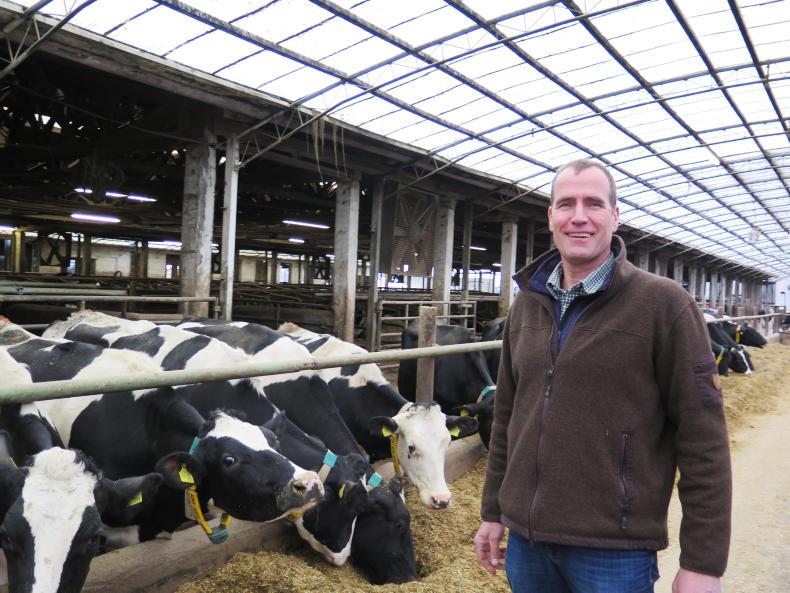
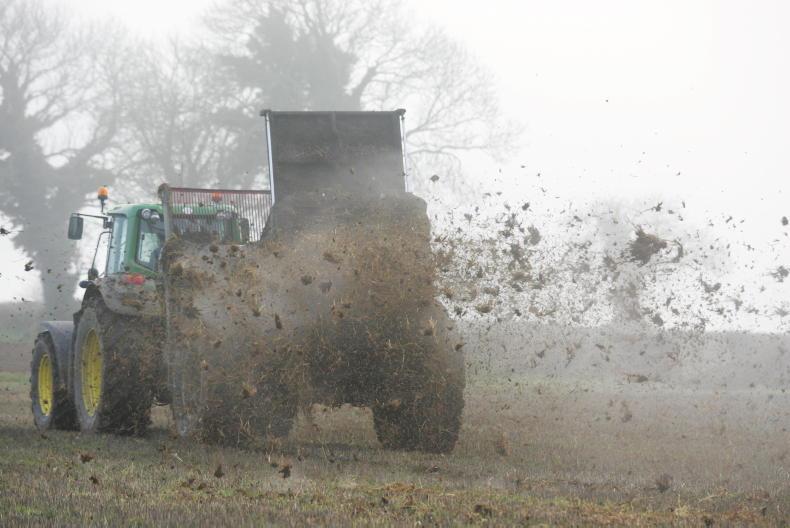

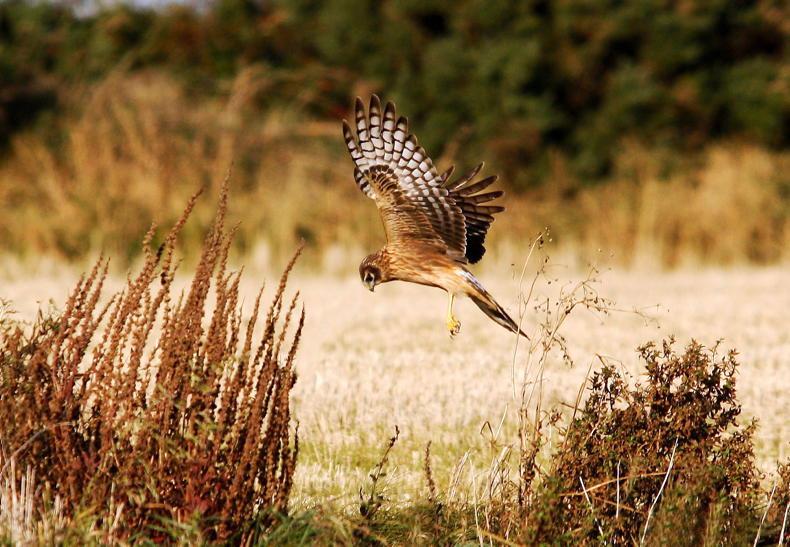
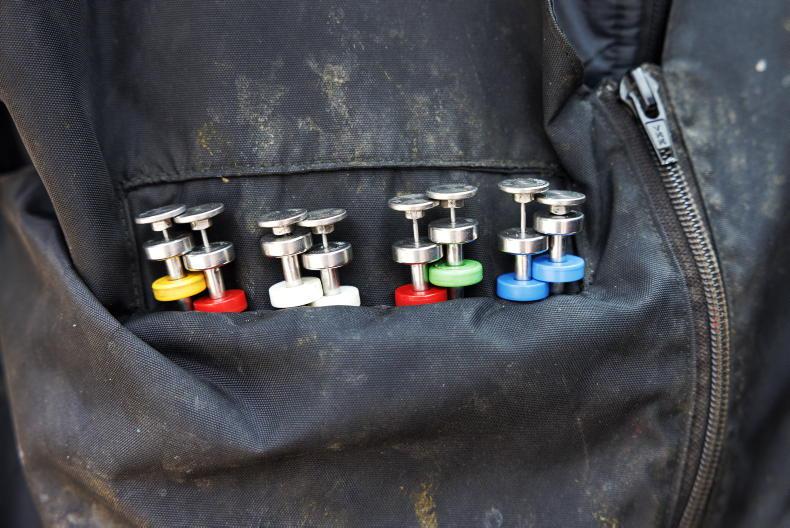
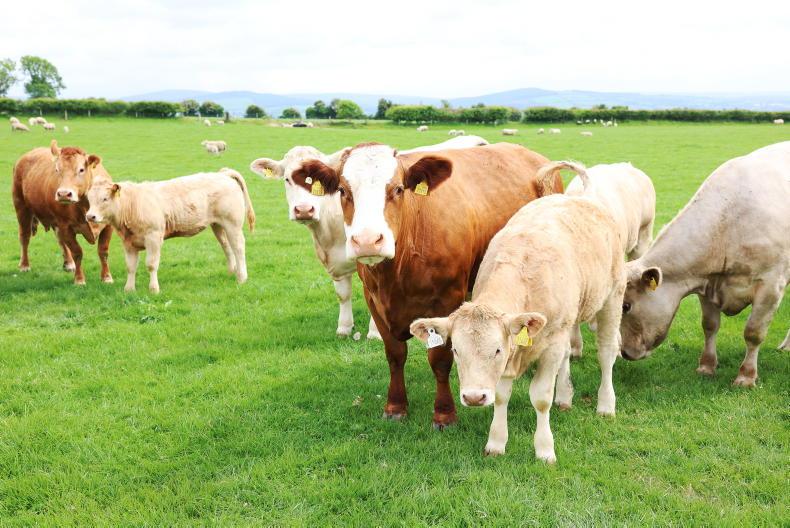
SHARING OPTIONS